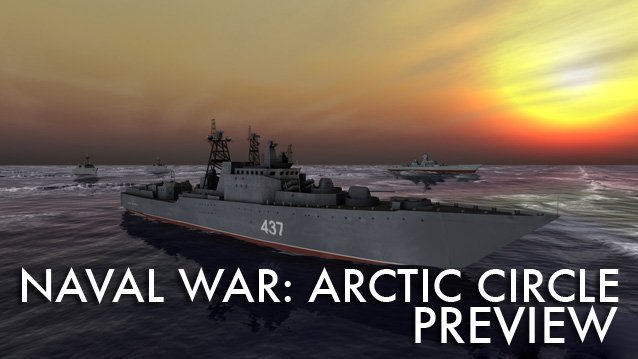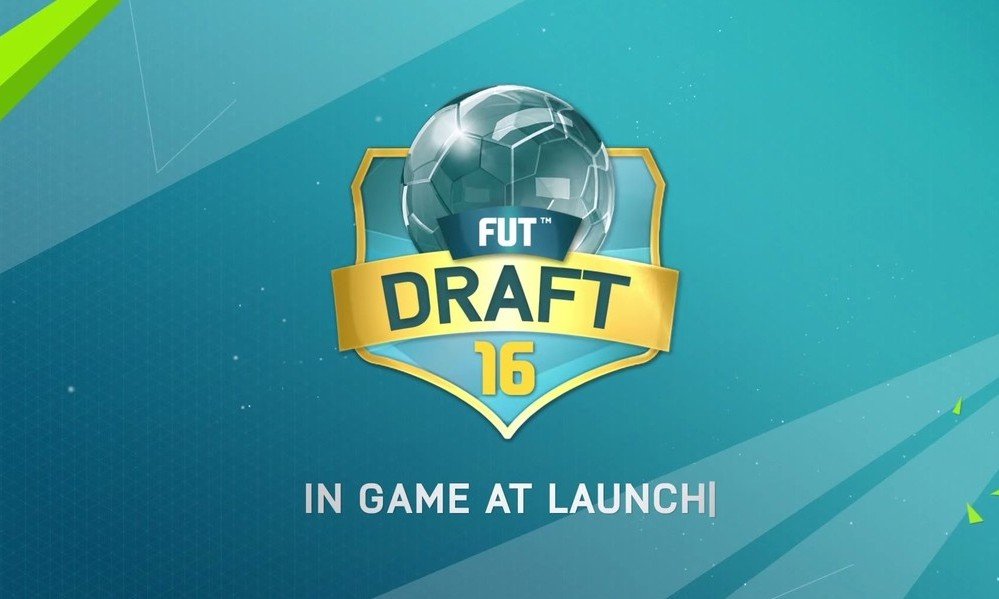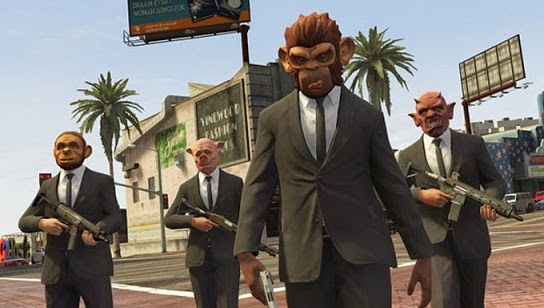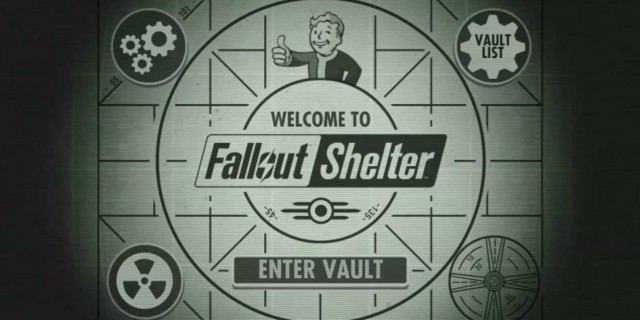


Ah the arctic. Icebergs, polar bears, a total absence of penguins. An icy world of endless frost, covered in darkness for months on end. This forbidding land is home to many peoples. Most formidable of them, are the Vikings of Norway. They know full well how harsh life up here can be. Their ancestors settled Iceland, Greenland and archeology has proven that they even made it to the North American continent, centuries before ol’ Columbus did.
For one, the game is tremendously well researched, and sure to impress any military tech buff out there.Nowadays those Norwegian Vikings, or rather, their descendants, no longer plunder and pillage and rule the seas in small, open ships. Well, their whalers still pillage the whale population, which is a crying shame, but that’s beside the point. Those modern Vikings of today tend to other things in the long, dark nights of their homeland. The making of sweet electronic music, the making of quite not so sweet metal music. And of course games. Hard edged games for slim but dedicated audiences.
Naval Warfare: Arctic Circle is well cut out to become such a game. This upcoming realtime strategy title is now in development by Norwegian developer Turbo Tape Games. Arctic Circle is their first effort at creating a commercial game, their track record consisting of educational software up till now. These roots in educational and documentary products shows in Arctic Circle. For one, the game is tremendously well researched, and sure to impress any military tech buff out there. Also the scenario presented - a series of naval skirmishes between NATO and Russia in the arctic - is one of the most plausible ones you’ll see in videogames.
Arctic Circle might technically qualify as an RTS, but that description might be a bit misleading. The only thing this game has in common with the rest of the ‘realtime’ bunch is that, well, that it takes place in real time. Which can be sped up since the distances covered - pretty much the entire arctic circle - are quite large, the map is precisely up to scale, and all units move at realistic speed.
But anyway, how will this game work? The players assume control of either a NATO or Russian naval commander, who has to complete objectives with a number of units given. Those units can be ordered around on the ‘War Games’ style world map, where pretty much all of the action takes place. Stylistically, this places Arctic Circle close to Introversion’s DEFCON, with more focus on minimal realism. This is a ‘deep’ strategy game, so units can easily run out of fuel, detecting enemies will be a constant pain, and most of the action moves at a glacial pace even when time is sped up.
But none the less, it’s still a fun experience. A different kind of fun than those glitzy Ubisoft RTS titles of late, more rooted in the real world. Protecting a hardy bunch of Norwegian shipping trawlers becomes a bone chilling experience. Realizing that the blip that just popped up on your radar is not an enemy bomber but a civilian airliner, leading to hastily ordering your fighter planes to return to base. Those things.
Artic Circle - just like Scandinavian cuisine - will not be a game for everyone. It’s a game for that niche audience of hardcore strategy fans, who like having layers within layers of options to go through and who scoff at games needing more than five colors to enable true, deep strategy. To those, Naval War: Arctic Circle will definitely deliver. Being published by Paradox, those people who lovingly agree on never using DRM in their games, it will certainly find its audience. Paradox is a great developer for titles like this, deep, unflinching strategy. A bleak, harsh game. Just like those Viking once ruling the icy seas in their open little ships.




 How to make money in Watch Dogs
How to make money in Watch Dogs GTA 5: Learn how the Heists Assaults in online multiplayer
GTA 5: Learn how the Heists Assaults in online multiplayer PS4: Play Videos / Music from USB device or DLNA connection
PS4: Play Videos / Music from USB device or DLNA connection Fallout Shelter Beginners Guide
Fallout Shelter Beginners Guide Traveling Through Uncanny Valley: Economic Worlds in RPGs
Traveling Through Uncanny Valley: Economic Worlds in RPGs